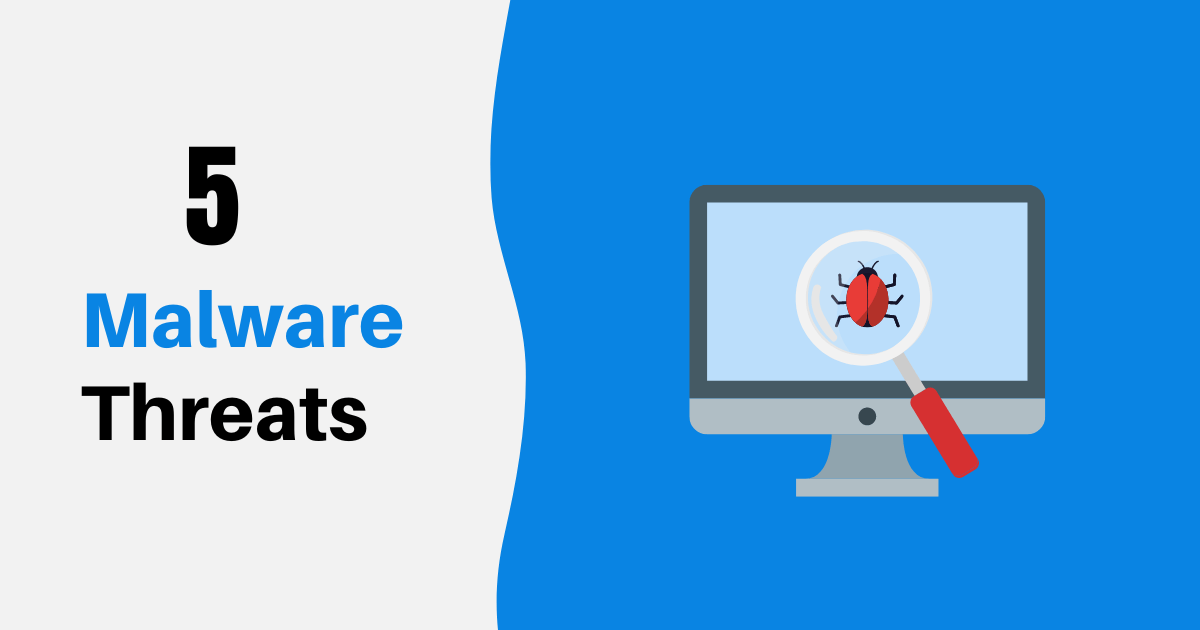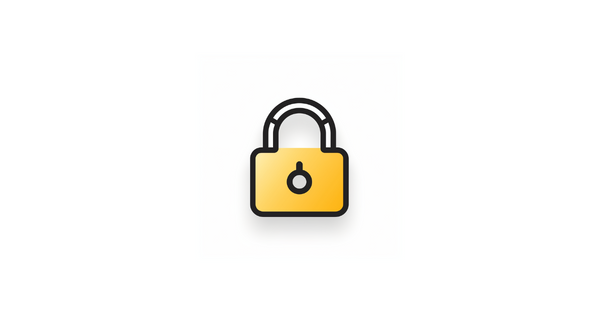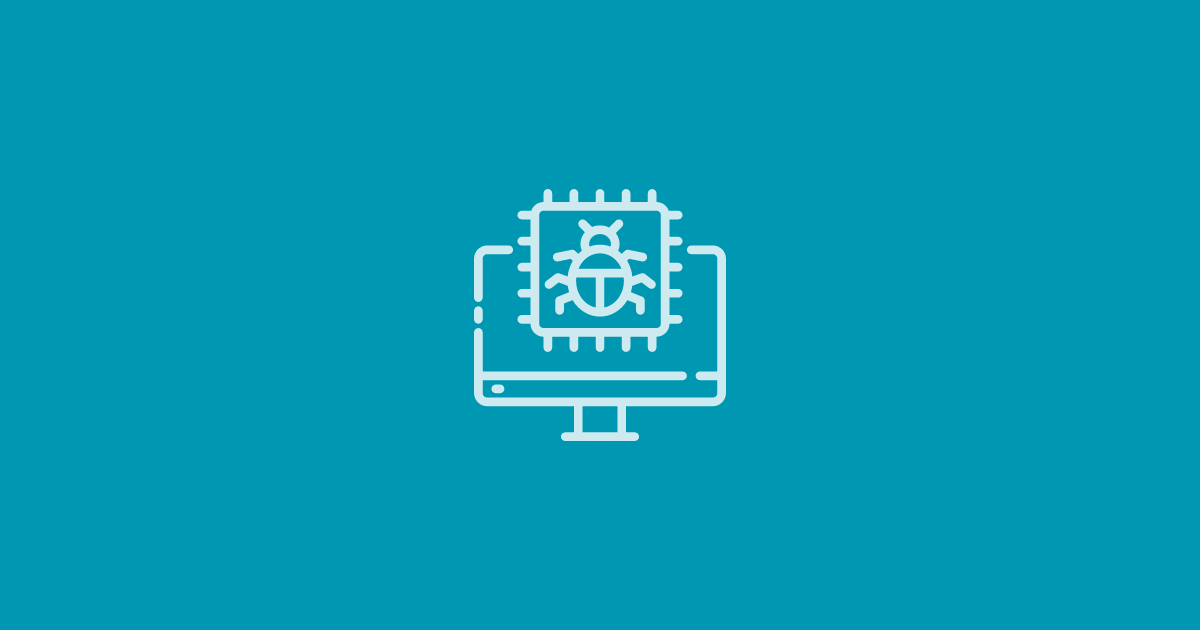5 Most Dangerous Malware Threats

Malware is constantly changing and becoming more advanced and harmful.
Cybercriminals will do whatever it takes to access a computer system and handle sensitive data.
1. Clop Ransomware
One of the deadliest computer risks is clop ransomware, which may start or stop processes in a Windows domain in order to hide from common antivirus software and computer users. Clop ransomware creates entries in the Windows Registry in order to achieve persistence.
The majority of operating system versions, including Windows XP, Windows 7, Windows 8, Windows 8.1, and Windows 10, can be infected by the Clop ransomware virus, making it one of the most hazardous types of malware.
2. Shlayer Malware
This form of malware targets macOS devices, Its sole function is to use bogus programs and flash updates to download harmful code. Once the Shlayer virus has been installed on a machine, it starts downloading and installing adware, or software designed to increase the number of advertisements. This was initially introduced by hackers using a unique zero-day vulnerability to launch the attack.
3. IoT Device Attacks
Threat actors tend to target these devices because of the lack of security. Typical IoT device does not have a built-in security solution to counter cyber threats. IoT devices commonly contain easy-to-access data, ranging from passwords to user names. Hackers leverage this data to break into accounts and steal more information.
4. RaaS
Ransomware as a Service (RaaS) is a business model that allows malware developers to lease ransomware tools. A user also known as an affiliate pays per month a subscription cost regardless of the cost affiliates earn a percentage of each successful ransom collected and then the money is divided between the developer and the affiliate.
5. Zeus Gameover
Zeus Gameover is a variant of the Zeus malware family. The main goal is to steal money from its victims by utilizing a sizable botnet to either automatically transfer money from the victim’s online bank account to the attacker’s bank account or steal bank account information. This is all done by taking over the victim’s banking session and these fraudulent methods are performed in real-time.




